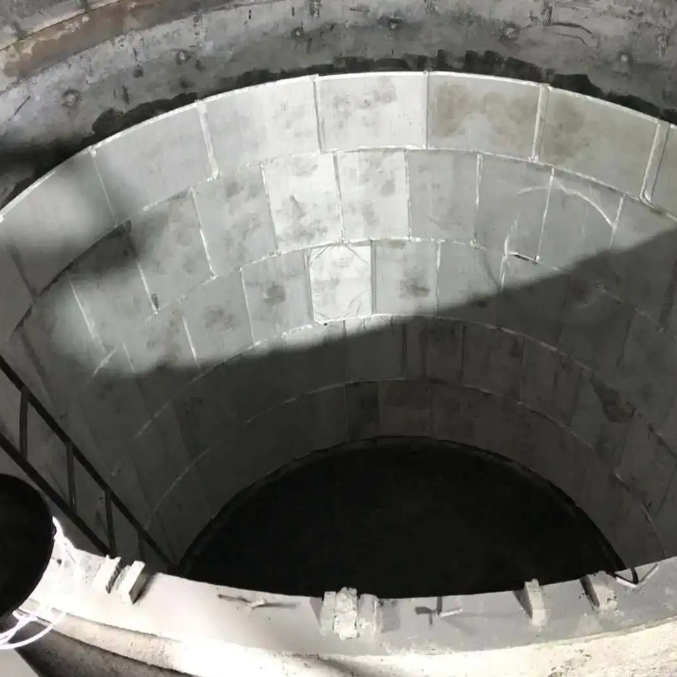Product introduction
Tundish is a refractory container used in short process steelmaking, which firstly accepts the steel poured from the ladle, and then distributes to each crystallizer by the intermediate ladle water outlet. As an important basic raw material, steel plays a pivotal role in the economic development of countries around the world.
The role of the tundish
1. Shunt role. For multi-stream continuous casting machine, the steel is diverted by the multi-water port intermediate ladle.
2. The role of continuous casting. In the multi-furnace continuous pouring, the steel stored in the middle ladle plays the role of articulation when changing the steel barrel.
3. Depressurization. Intermediate ladle liquid level is lower than the steel barrel, the change is also much smaller, so it can be used to stabilize the steel casting process, reduce the steel flow on the crystallizer solidification shell of the scouring.
4. Protection role. Through the intermediate ladle liquid surface covering agent, long water spout and other protective devices to reduce the intermediate ladle in the steel by external pollution.
5. Removal of impurities.
Tundish requirements for refractory materials
Tundish refractory lining mainly includes insulation layer, permanent layer and working layer.
(1) insulation layer (10 ~ 30mm). This layer is next to the middle ladle steel shell, usually using insulation brick or light castables. The best effect is aluminum silicate fiber felt, low thermal conductivity, also easy to masonry.
(2) permanent layer (100-200mm), this layer is in contact with the insulation layer, mainly playing the role of safety insulation. Use castable material as a whole, castable material is generally high alumina or mullite.
(3) Working layer (20~50mm). This layer is in contact with the steel and is the key part. Refractory material generally choose silicon, magnesium, magnesium-chromium, magnesium-calcium, etc.
(4) package bottom material. Intermediate ladle bottom working layer by the steel impact parts are very easy to damage, requiring resistance to erosion and wear. Steel impact parts mostly use prefabricated blocks to enhance the material for corundum and magnesium castables.
Construction requirements of castable material for tundish
(1) Before pouring construction, clean up the debris and other things in the construction area of the bottom of the package.
(2) Construction of castable material at the bottom of the package, while pouring, vibrate with inserted vibrating rod, vibrate evenly and fully until the castable is flooded without large bubbles, and then smooth its surface.
(3) When taking out the vibrating rod at the end of pouring, it should not be too fast to avoid the gap in the middle, which will affect the quality of pounding.
(4) After the construction of the bottom of the package is completed and dries naturally for 2 hours, ensure that the thickness of the package wall after pouring is uniform.
(5) The package wall should be poured at one time, and the pouring process should be done by using inserted vibrating rod to vibrate densely, requiring the surface to be flooded and no large bubbles to emerge.
(6) When pouring, the material should not exceed 300mm high at one time.
(7) After the wall is poured, the mold should be removed only after 24 hours of natural drying, and the mold should be dried for another 24 hours after removal.
(8)After the construction of middle package casting material is finished, strictly follow the construction instructions to bake the casting material for maintenance process operation.

